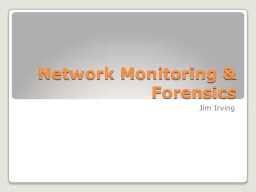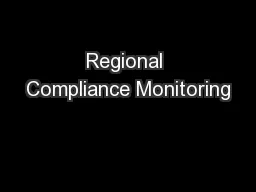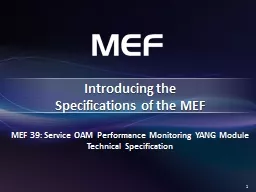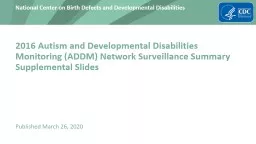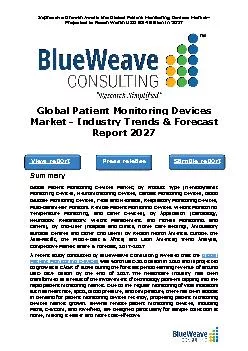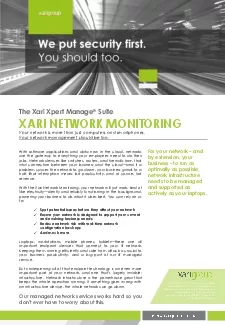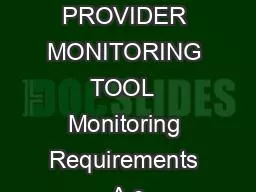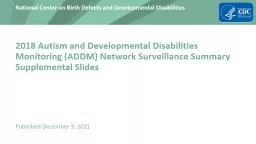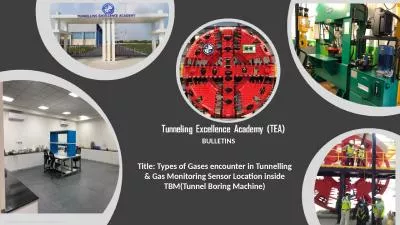PPT-Network Monitoring &
Author : alexa-scheidler | Published Date : 2016-04-22
Forensics Jim Irving 1 Network Forensics Usefulness Intro to forensic data types Working with PCAP data What it looks like How to interpret it How to get it Working
Presentation Embed Code
Download Presentation
Download Presentation The PPT/PDF document "Network Monitoring &" is the property of its rightful owner. Permission is granted to download and print the materials on this website for personal, non-commercial use only, and to display it on your personal computer provided you do not modify the materials and that you retain all copyright notices contained in the materials. By downloading content from our website, you accept the terms of this agreement.
Network Monitoring &: Transcript
Download Rules Of Document
"Network Monitoring &"The content belongs to its owner. You may download and print it for personal use, without modification, and keep all copyright notices. By downloading, you agree to these terms.
Related Documents

